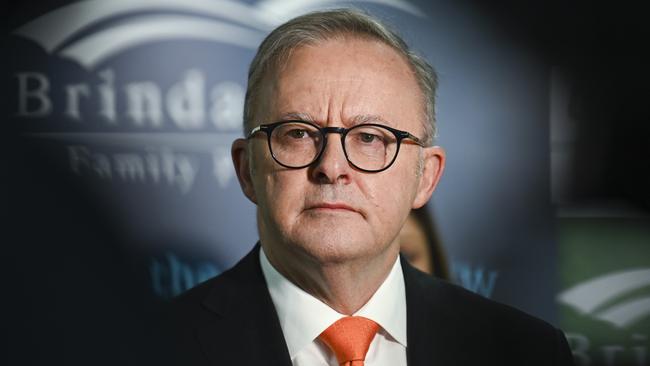
As elections highlight the potential for impacts on financial markets overseas, the US bank says investors should consider the risk of an Australian election being called as early as September.
As well as the potential for vastly different policy directions for energy policy, investors should be concerned about potential outcomes from a tight contest, the largest of which would be a minority government, says Morgan Stanley Australia equity strategist, Chris Nicol.
While investor focus has been zeroing in on election impacts for many markets including India, France, UK and US, an election in Australia must be called within the next 10 months.
With this backdrop, Morgan Stanley says investors should also pay attention to political domestic risks.
“In our view, an early election can’t be ruled out and it is clear that battle lines are being drawn,” Mr Nicol said.
“To us it is clear that the election footings of both major parties are firming with clearer narrative on policy emerging and targeted critique evolving.”
The next election doesn’t have to be held until May 2025 and Queensland heads to the polls on October 26.
Peter Dutton edged ahead of Anthony Albanese as the nation’s preferred prime minister last month after the Opposition Leader sharply rejected Labor’s climate policy, vowing to abandon its interim legislated carbon emissions target to focus on the economy.
Mr Nicol said the timing of the next federal election was now very much “live”.
“The election window is open, and we encourage investors to pay increasing attention to policy intent and key battleground topics,” he said.
Australian markets have recently grappled with the increased risks of another interest rate hike after higher-than-expected inflation data.
The dollar hit a six-month high of $US67.61c on Monday. Australia’s three-year bond yield hit at seven-month high of 4.20 per cent last week. The S&P/ASX 200 share index fell 0.8 per cent to 7763.2 points on Monday.
But, with fiscal policy having been so influential in driving economic activity and buffering some of the impact of much tighter monetary policy, the evolution of the fiscal path will matter a great deal.
Of course, any potential change in government can also cause volatility, as has been seen in recent market ructions around Indian and French election outcomes, and the intensifying focus on the much-anticipated US Presidential election in November.

After the final round of voting in French parliamentary elections on Sunday, the New Popular Front was projected to take the biggest share of the National Assembly but fall short of a majority, raising the spectre of a hung parliament and political gridlock.
The French election outcome could saddle France with a hung parliament at a time when Paris is under pressure to find tens of billions in budget savings. Investors have already grown more wary of holding French assets since President Macron called the snap election last month, driving up the government’s borrowing costs and adding to pressure on public finances.
In Australia, Morgan Stanley sees three key areas where investors should focus in terms of calibrating the potential impact from election policies and potential outcomes.
With the Labor government implementing $35bn of fiscal stimulus via tax cuts and net budget spending over the next 12 months, and further measures around wage recalibration in low paid sectors and industrial relations, Mr Nicol sees high structural fiscal deficits as a feature under both parties which could “challenge” ultimate paths to monetary easing.
On immigration, both parties have taken a hard-line approach to reducing the surge in immigration seen over the past two years.
Here, the concern is “unintended consequences to growth outcomes and also the health of Australia’s third largest export – education – have been overly discounted.”
In addition, the current policy agendas don’t look to fix skill shortages or housing supply.
But, it’s the energy transition where a clear divergence in strategy emerges, with Labor firmly aligned to both 2030 and 2050 climate targets and a renewables-linked future and the Coalition opposition set on nuclear power.
“The nuance here could be that the better debate should be around targeting increased uranium exports and investing in enrichment capability,” Mr Nicol said.
But, one clear risk which seems to be building is the potential for a minority government.
“The expected tight contest carries many tails – the largest would be the potential for a minority government outcome,” Mr Nicol said.
“This will definitely raise the prospect of less effective fiscal policy implementation and pass through. Last seen in 2010-2013, Australian equities clearly underperformed global peers during that period.”






An early federal election and potential minority government in Australia should be added to the list of potential risks for Australian financial markets in 2024, according to Morgan Stanley.